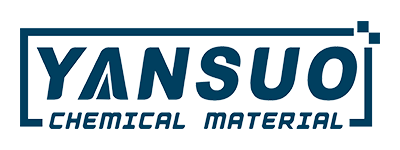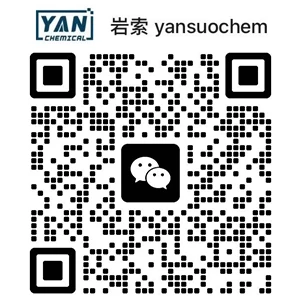Three Key Indicators for the Selection of Photoinitiators: Analysis of Solubility, Volatility and Heat Resistance
Abstract:
As the core component of the photocuring system, the selection of photoinitiators directly affects the processing properties of the materials and the application effects. This article systematically analyzes the key points for the selection of photoinitiators from three dimensions: monomer solubility, volatility and heat resistance. Through multi-dimensional analysis, it provides a theoretical basis and practical guidance for the scientific selection of photoinitiators.
This article will focus on the three key performance indicators of photoinitiators - monomer solubility, volatility and heat resistance, and deeply explore the key points for their selection.
I. Solubility
Good solubility of photoinitiators in reactive diluents is a key factor to ensure the efficient, uniform and stable curing of the photocuring system. It not only affects the curing efficiency and material properties, but also is directly related to the feasibility of the processing technology and the quality of the final product. Therefore, when selecting photoinitiators, solubility is an important indicator that cannot be ignored.
The Solubility (Mass Fraction) of Some Photoinitiators (I) Unit: %
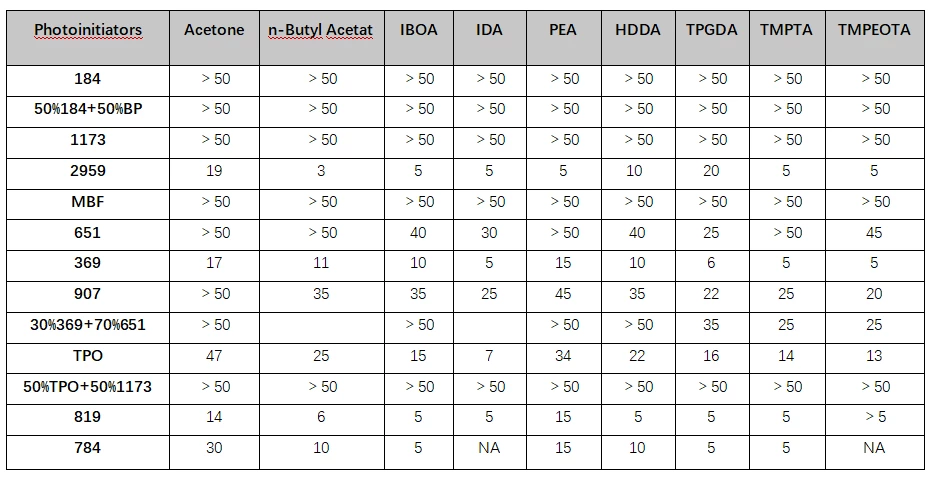
The Solubility (Mass Fraction) of Some Photoinitiators (II) Unit: %
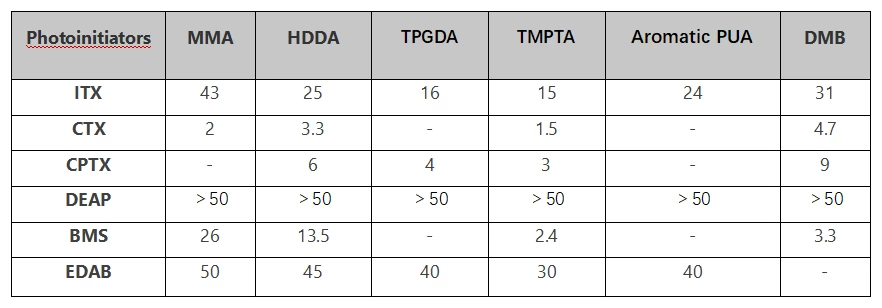
Note:
When dissolving solid photoinitiators in liquid monomers, it should be heated to 50-60°C and mixed evenly. The dissolved liquid should be stored at room temperature for 24 hours. If there is no crystallization, it indicates that the dissolution is successful.
II. Volatility
The volatility of photoinitiators has a multi-faceted impact on photocured products:
1. Photoinitiators with high volatility are prone to volatilize during the curing process, which may lead to defects such as pinholes, orange peel, or poor leveling on the surface of the material.
2. The volatilization loss of photoinitiators will reduce the concentration of effective initiators in the system, resulting in incomplete curing reactions and affecting the mechanical and chemical properties of the products.
3. Some volatile photoinitiators may undergo thermal decomposition or oxidation during the volatilization process, leading to yellowing of the products and affecting the appearance quality.
4. Volatile photoinitiators usually have a pungent odor, which has an adverse impact on the working environment and the health of operators.
5. Some photoinitiators may crystallize or delaminate after volatilization, affecting the uniformity of the formulation and the usage effect.
6. The loss of volatile photoinitiators during the processing and storage processes will increase the material cost.
The Volatility Performance of Some Photoinitiators
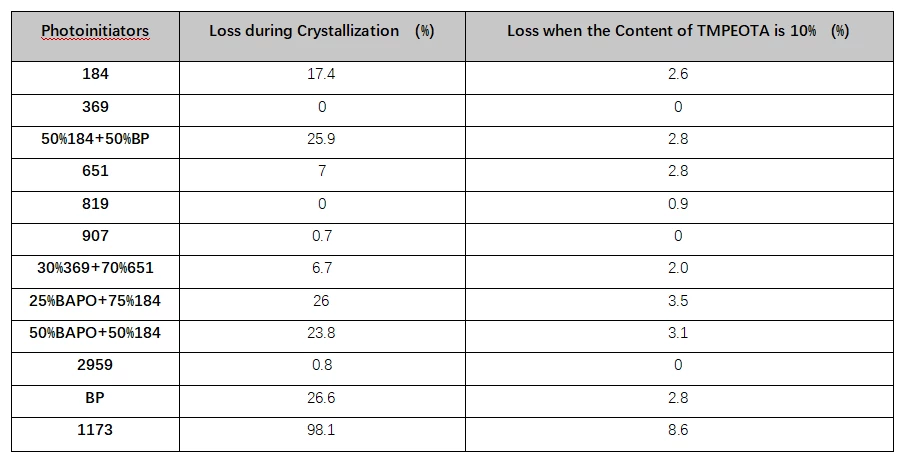
III. Heat Resistance
Heat resistance refers to the ability of photoinitiators to maintain their chemical stability and functionality under high-temperature conditions. The following are the specific impacts of heat resistance on photocured products:
1. During the processing of photocured materials (such as coating, spraying or printing), it may be necessary to carry out the operations at a certain temperature. Photoinitiators with poor heat resistance are prone to decomposition or failure at high temperatures, resulting in a decrease in the curing efficiency.
2. Some photoinitiators may undergo oxidation or decomposition at high temperatures, generating colored by-products, which will lead to yellowing of the products or accelerate the aging process.
The Thermal Weight Loss Performance of Some Photoinitiators
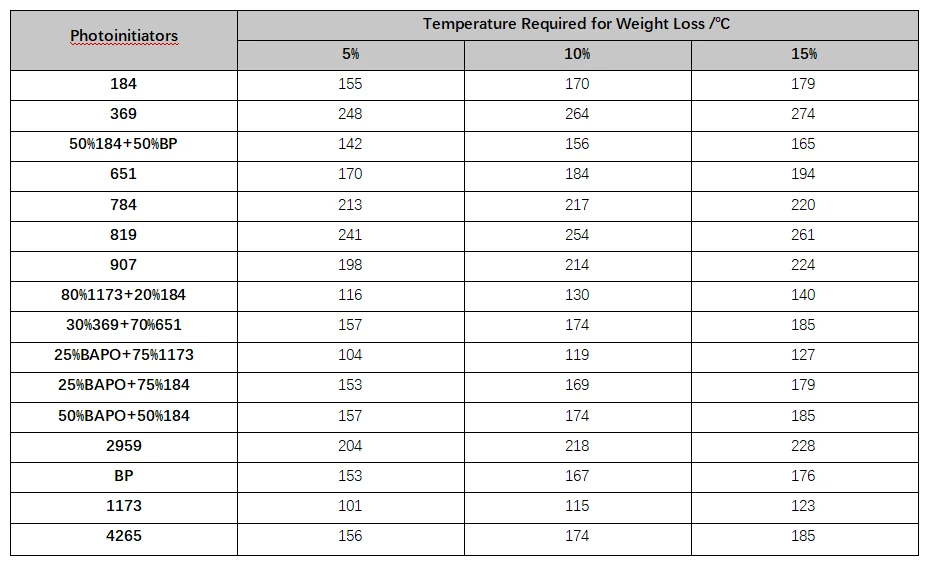
Note:
In a nitrogen (N₂) atmosphere, the heating rate is 10℃/min.
If you want to obtain more detailed information about photoinitiators, welcome to contact us!
